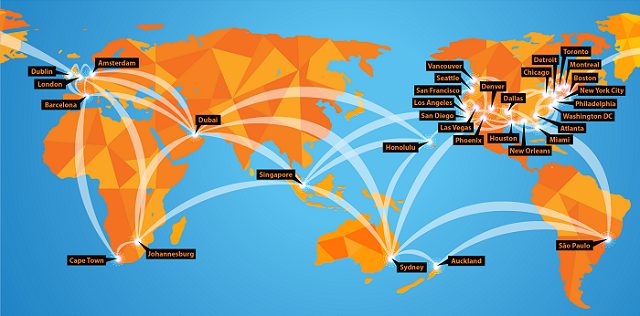3 Types of Marketing Attribution Software to Try in 2020
By John Hall
Despite (and because of) the many technologies marketers use, determining what drives a sale remains one of the messiest areas of marketing.
Figuring out which channel or touchpoint convinces a customer to make a purchase is as much of an art as it is a science.
To get to the bottom of it, marketers use attribution modeling. But attribution modeling comes in many forms. read on to find out how attribution marketing can help your business.
What is Marketing Attribution?
Using attribution models, marketers learn where sales triggers lie on the customer’s path to purchase. If an outsized percent of shoppers decide to buy online after visiting a physical location, then it’s a safe bet to say the in-store experience is owed a lot of credit for those website sales.
Some attribution models look at the entire buying cycle, while others drill down into specific channels. If a company wants to evaluate the effectiveness of various email marketing messages, for instance, it might want to look at the last thing customers see before purchasing by using a last-touchpoint attribution.
Of course, it’s not necessarily the last touchpoint that secured the sale, a challenge other attribution models take into account. No attribution model or type is perfect, which is why it can be challenging at first to use. Only through experimentation can marketers determine the right model and tool for them.
The bottom line is — every communication plan template worth its salt should contain marketing attribution models to help measure and track ROI.
Types of Marketing Attribution Software
Marketing attribution software comes in three broad types:
Multi-touch Attribution (MTA)
Multi-touch attribution tools are exactly what they sound like: software that teases out which of many touchpoints is responsible for the sale. It’s important to realize that while most MTA programs include some channel data, they’re designed to test specific touchpoints.
For instance, HubSpot’s reporting dashboard can evaluate touchpoints in five ways:
- First-touch: A first-touch model assigns all of the credit to the first webpage or digital asset that led a customer to your site. This model is great for understanding what brings people to your door.
- Last-touch: Last-touch attribution is the inverse of first-touch. It gives 100% of the credit to the last thing a customer sees before making a purchase. This model is great for evaluating bottom-of-the-funnel content like CTAs and landing pages, but it’s not much help in the start or middle.
- Last-interaction: The last-interaction model overlaps often with the last-touch one, but it differs in an important way — last-interaction modeling gives all credit to the last touchpoint that produces a conversion. In the last-touch model, the final blog post a customer viewed would get the credit, whereas it would not in the last-interaction model.
- First-and-last: Unlike the three prior models, the first-and-last attribution framework splits the credit. Automation platform Ontraport, which I’ve worked with in the past, recommends this model …read more
Source:: HubSpot Blog


























